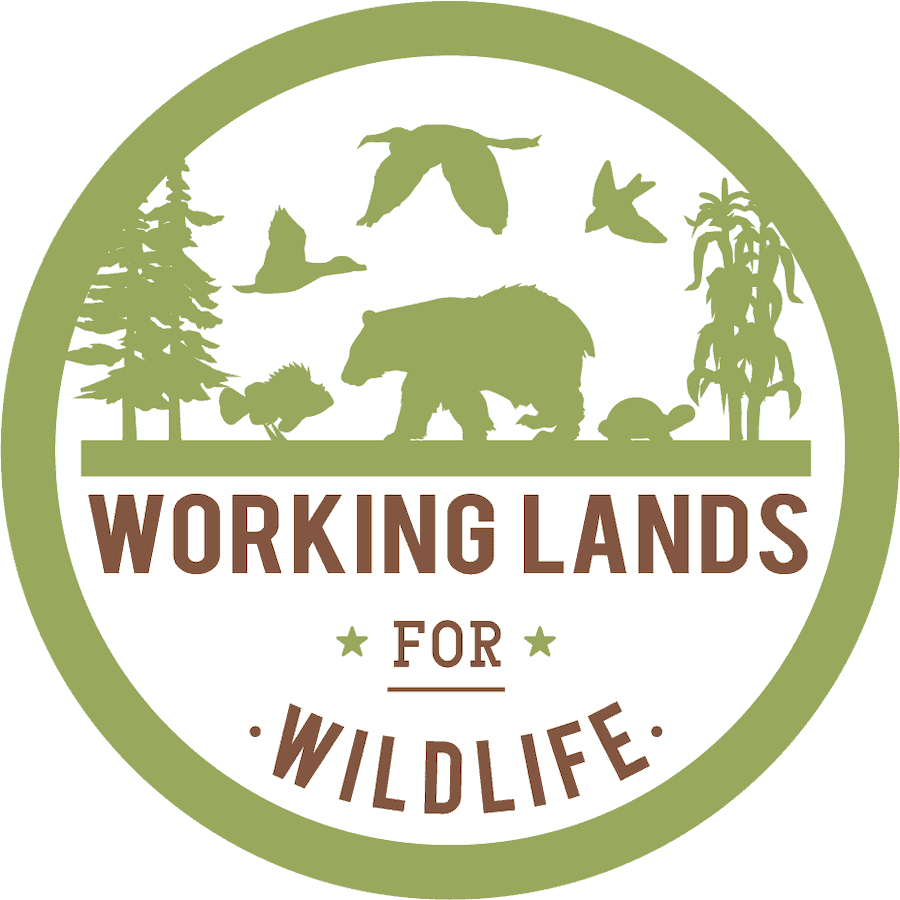-
 Arkansas Priority Area Shapefiles
Arkansas Priority Area Shapefiles
-
by
Sage Voorhees
—
published
Mar 05, 2022
—
last modified
Apr 20, 2023 10:41 PM
—
filed under:
Information,
WLFW,
Northern Bobwhite Quail,
Boundaries & Priority Area Shapefiles,
Southeast,
Arkansas,
Maps and Spatial Data,
Grasslands and Savannas,
Working Lands for Wildlife
Arkansas, Northern Bobwhite Priority Area
Located in
Information
/
…
/
Boundaries & Priority Area Shapefiles
/
Southeast
-
 Georgia Priority Area Shapefiles
Georgia Priority Area Shapefiles
-
by
Sage Voorhees
—
published
Mar 05, 2022
—
last modified
Apr 20, 2023 10:43 PM
—
filed under:
Information,
Georgia,
WLFW,
Northern Bobwhite Quail,
Boundaries & Priority Area Shapefiles,
Southeast,
Maps and Spatial Data,
Grasslands and Savannas,
Working Lands for Wildlife
Northern Bobwhite Priority Area Shapefiles
Located in
Information
/
…
/
Boundaries & Priority Area Shapefiles
/
Southeast
-
 Kentucky Priority Area Shapefiles
Kentucky Priority Area Shapefiles
-
by
Sage Voorhees
—
published
Mar 05, 2022
—
last modified
Apr 20, 2023 10:46 PM
—
filed under:
Information,
WLFW,
Northern Bobwhite Quail,
Kentucky,
Boundaries & Priority Area Shapefiles,
Southeast,
Maps and Spatial Data,
Grasslands and Savannas,
Working Lands for Wildlife
Priority Areas for Northern Bobwhite Conservation
Located in
Information
/
…
/
Boundaries & Priority Area Shapefiles
/
Southeast
-
 Louisiana Priority Area Shapefiles
Louisiana Priority Area Shapefiles
-
by
Sage Voorhees
—
published
Mar 05, 2022
—
last modified
Apr 20, 2023 10:48 PM
—
filed under:
Information,
WLFW,
Northern Bobwhite Quail,
Boundaries & Priority Area Shapefiles,
Southeast,
Maps and Spatial Data,
Grasslands and Savannas,
Working Lands for Wildlife,
Louisiana
Northern Bobwhite Priority Areas, Northern Bobwhite Grasslands and Savannas Partnership 2022-2026
Located in
Information
/
…
/
Boundaries & Priority Area Shapefiles
/
Southeast
-
 Mississippi Priority Area Shapefiles
Mississippi Priority Area Shapefiles
-
by
Sage Voorhees
—
published
Mar 05, 2022
—
last modified
Apr 20, 2023 10:51 PM
—
filed under:
Information,
Mississippi,
WLFW,
Northern Bobwhite Quail,
Boundaries & Priority Area Shapefiles,
Southeast,
Maps and Spatial Data,
Grasslands and Savannas,
Working Lands for Wildlife
Priority Areas for Northern Bobwhite Partnership 2022-2026 (Bobwhite Quali Initiative)
Located in
Information
/
…
/
Boundaries & Priority Area Shapefiles
/
Southeast
-
 North Carolina Priority Area Shapefiles
North Carolina Priority Area Shapefiles
-
by
Sage Voorhees
—
published
Mar 05, 2022
—
last modified
Apr 20, 2023 10:52 PM
—
filed under:
Information,
WLFW,
Northern Bobwhite Quail,
North Carolina,
Boundaries & Priority Area Shapefiles,
Southeast,
Maps and Spatial Data,
Grasslands and Savannas,
Working Lands for Wildlife
Priority Areas for Northern Bobwhite Partnership 2022-2026 (Bobwhite Quali Initiative)
Located in
Information
/
…
/
Boundaries & Priority Area Shapefiles
/
Southeast
-
 South Carolina Priority Area Shapefile
South Carolina Priority Area Shapefile
-
by
Sage Voorhees
—
published
Mar 05, 2022
—
last modified
Apr 20, 2023 10:53 PM
—
filed under:
Information,
WLFW,
Northern Bobwhite Quail,
Boundaries & Priority Area Shapefiles,
Southeast,
Maps and Spatial Data,
South Carolina,
Grasslands and Savannas,
Working Lands for Wildlife
Northern Bobwhite Partnership Priority Area 2022-2026
Located in
Information
/
…
/
Boundaries & Priority Area Shapefiles
/
Southeast
-
 Virginia Priority Area Shapefiles
Virginia Priority Area Shapefiles
-
by
Sage Voorhees
—
published
Mar 05, 2022
—
last modified
Apr 20, 2023 10:55 PM
—
filed under:
Information,
WLFW,
Virginia,
Northern Bobwhite Quail,
Boundaries & Priority Area Shapefiles,
Southeast,
Maps and Spatial Data,
Grasslands and Savannas,
Working Lands for Wildlife
Northern Bobwhite Priority Areas, Northern Bobwhite Grasslands and Savannas Partnership 2022-2026
Located in
Information
/
…
/
Boundaries & Priority Area Shapefiles
/
Southeast
-
 Florida Priority Area Shapefiles
Florida Priority Area Shapefiles
-
by
Sage Voorhees
—
published
Mar 05, 2022
—
last modified
Apr 20, 2023 10:56 PM
—
filed under:
Information,
WLFW,
Florida,
Northern Bobwhite Quail,
Boundaries & Priority Area Shapefiles,
Southeast,
Maps and Spatial Data,
Grasslands and Savannas,
Working Lands for Wildlife
Northern Bobwhite Quail Priority Area, Northern Bobwhite Grasslands and Savannas Partnership 2022-2026
Located in
Information
/
…
/
Boundaries & Priority Area Shapefiles
/
Southeast
-
 Tennessee Priority Area Shapefiles
Tennessee Priority Area Shapefiles
-
by
Sage Voorhees
—
published
Mar 05, 2022
—
last modified
Apr 20, 2023 10:57 PM
—
filed under:
Information,
WLFW,
Northern Bobwhite Quail,
Boundaries & Priority Area Shapefiles,
Southeast,
Tennessee,
Maps and Spatial Data,
Grasslands and Savannas,
Working Lands for Wildlife
Northern Bobwhite Priority Areas, Northern Bobwhite Grasslands and Savannas Partnership 2022-2026
Located in
Information
/
…
/
Boundaries & Priority Area Shapefiles
/
Southeast


